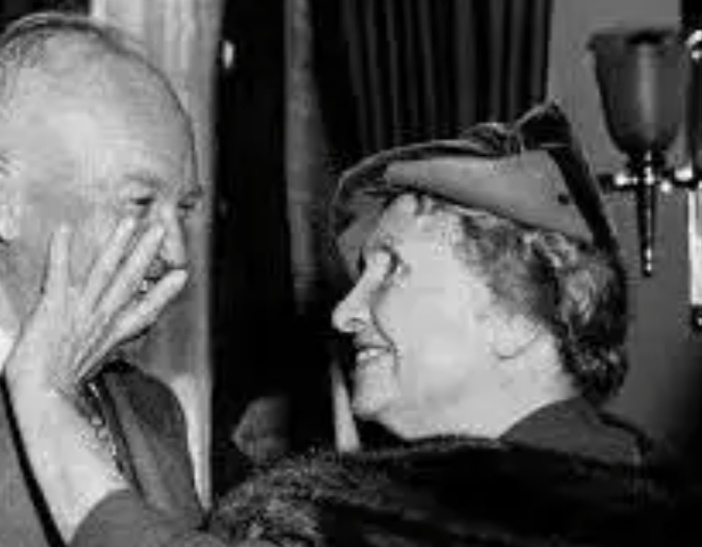Keep your face to the sunshine and you cannot see the shadows”. Keller believed that finding the silver lining in a situation can help people see the good in others and brighten their day.
Vision: “The only thing worse than being blind is having sight but no vision”. Keller believed that vision is the ability to see things for what they could be, which takes faith.
Collaboration: “Alone we can do so little; together we can do so much”.
Self-pity: “Self-pity is our worst enemy and if we yield to it, we can never do anything good in the world”.
Perseverance: “We can do anything we want to if we stick to it long enough”.
Attitude: “Never bend your head. Always hold it high. Look the world straight in the eye”.

Literature: “Literature is my Utopia. Here I am not disenfranchised”.
Helen lived a purposeful, fulfilling, happy life. And she did so against all odds. The story of how Anne Sullivan engaged with Helen Keller and taught her to communicate is portrayed beautifully in the 1962 film The Miracle Worker, which I highly recommend.
In 1882, when Helen Keller was nineteen months old, an illness left her blind, deaf, and consequently dumb. For the next five years, she lived essentially as a wild animal in the home of her loving but desperate parents, who had no idea how to deal with her condition. She was unable to form concepts (e.g., “fork” or “water”), unable to communicate thoughts (beyond wordless expressions of desire, anger, pleasure, or pain), unable to understand the world or her needs, unable to become a functional human being. Her future looked bleak. But she would go on to live a life of success and happiness.

How?
When Helen was six, her parents hired a remarkable educator, Anne Sullivan, who taught her language. Under Anne’s tutelage, Helen learned to “hear” (via the manual alphabet), speak, read (braille), and write—and she went on to graduate from Harvard University and to enjoy a happy, fulfilling career as a writer and activist.1 She argued for, among other things, equal rights for women and blacks, the legalization of birth control and abortion, and (unfortunately) socialism (about which she knew far less than we know today). On the whole, Helen lived a purposeful, fulfilling, happy life. And she did so against all odds.
The story of how Anne Sullivan engaged with Helen Keller and taught her to communicate is portrayed beautifully in the 1962 film The Miracle Worker, which I highly recommend. The philosophic significance of Sullivan’s teaching methods is examined in Ayn Rand’s essay “Kant Versus Sullivan” (in Philosophy: Who Needs It), which I emphatically recommend as well.
My focus here is on Keller’s prescriptions for loving life. She is, to my knowledge, among the few people in history to explicitly and succinctly identify the fundamental actions that an individual must take in order to flourish.
In a 1933 article titled “The Simplest Way to Be Happy,” Keller reflected on what happiness is and how to achieve it.


